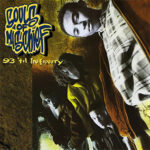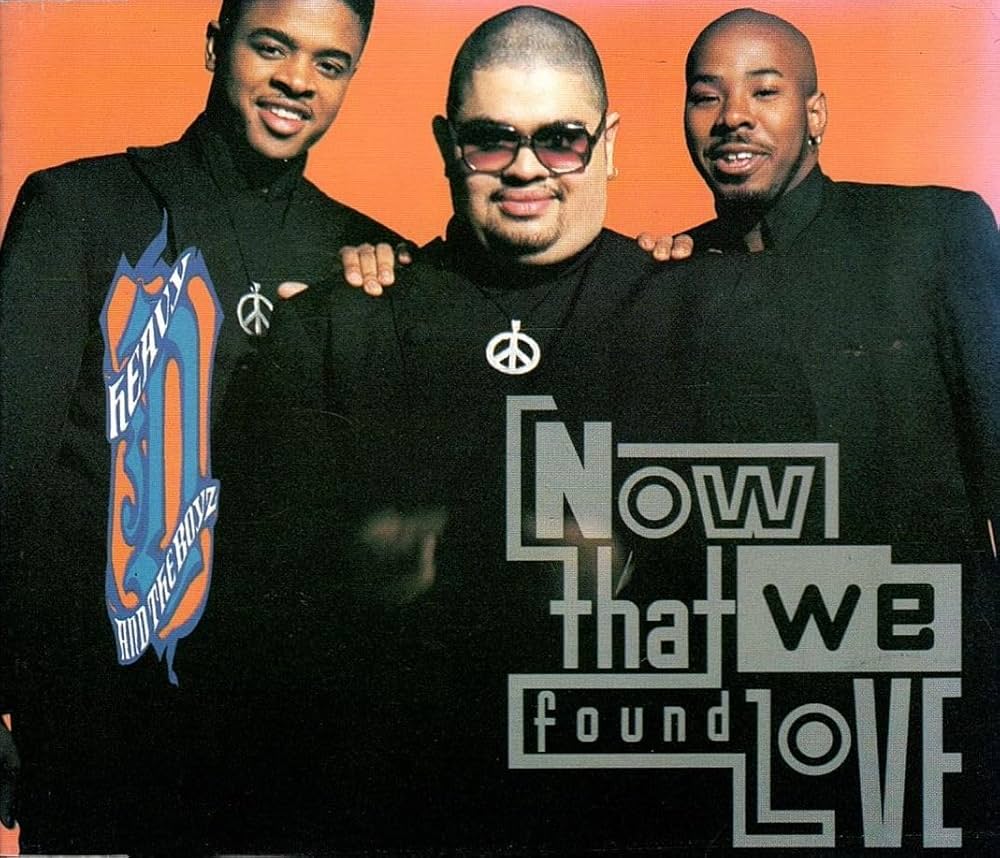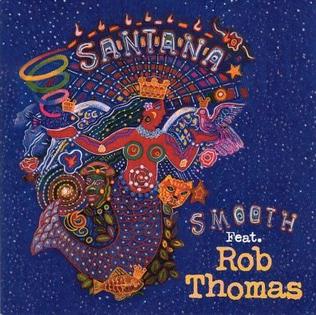 Hip-hop in 1993 was at a creative crossroads. The gangsta rap wave had cemented its dominance through N.W.A., Dr. Dre, and Snoop Dogg’s Doggystyle, while the East Coast was brewing a renaissance with the likes of Wu-Tang Clan and A Tribe Called Quest. Then, out of Oakland, California — a city better known at the time for its rugged street tales than its jazzy introspection — came four teenage MCs who decided to take a completely different route. Souls of Mischief’s 93 ’Til Infinity dropped that year like a cool breeze on a summer afternoon, floating somewhere between West Coast funk and East Coast intellect.
Hip-hop in 1993 was at a creative crossroads. The gangsta rap wave had cemented its dominance through N.W.A., Dr. Dre, and Snoop Dogg’s Doggystyle, while the East Coast was brewing a renaissance with the likes of Wu-Tang Clan and A Tribe Called Quest. Then, out of Oakland, California — a city better known at the time for its rugged street tales than its jazzy introspection — came four teenage MCs who decided to take a completely different route. Souls of Mischief’s 93 ’Til Infinity dropped that year like a cool breeze on a summer afternoon, floating somewhere between West Coast funk and East Coast intellect.
What made 93 ’Til Infinity so distinct wasn’t just its laid-back vibe; it was how effortlessly it captured the energy of youth — thoughtful but carefree, confident but humble. At its core, it’s an album about friendship, creativity, and living in the moment, yet it arrived during one of hip-hop’s most competitive eras. And somehow, thirty-plus years later, it still sounds as smooth, smart, and refreshing as the day it came out.
The Birth of a Bay Area Blueprint
Souls of Mischief — A-Plus, Opio, Phesto, and Tajai — were barely out of high school when they recorded the album. Part of the larger Hieroglyphics collective, their style reflected the crew’s philosophy: technical mastery meets boundless imagination. Instead of rapping about street warfare or braggadocious wealth, Souls turned their gaze inward and upward, celebrating wordplay, community, and the art of the rhyme itself.
93 ’Til Infinity opens with “Let ’Em Know,” a jazzy, off-kilter statement of purpose. The bass line is deep and funky, and the flows intertwine like DNA strands — a complex but natural chemistry that only comes from friends who have been rhyming together for years. A-Plus sets the tone early: “Now I’m the one who’s back with the stylin’ / With my crew we’re wylin’.” It’s youthful bravado delivered with precision, not aggression.
From there, the album becomes a series of snapshots — moments of confidence, humor, and introspection. The production, handled primarily by A-Plus and Domino, leans heavily on jazz and soul samples, but it’s never sleepy or soft. It’s bright, crisp, and endlessly head-noddable. You can hear the Bay Area sunshine baked into every loop.
“93 ’Til Infinity” — The Song That Defined a Generation
The title track, of course, is the masterpiece. “93 ’Til Infinity” is one of those songs that transcends genre, geography, and time. Built on a buttery smooth Rhodes keyboard sample from Billy Cobham’s “Heather,” it’s both relaxed and razor-sharp. The beat floats, the bass rolls, and the MCs trade verses with effortless cool.
Each verse feels like a conversation between friends as much as a showcase of lyrical skill. Tajai opens with a breezy confidence: “This is how we chill from ’93 till…” It’s not a hook — it’s a mission statement. When Opio jumps in with his sing-song cadence and internal rhymes, you realize how unique their flows are. Every line feels like jazz improvisation — never forced, never predictable.
The song isn’t just about chilling, though; it’s about permanence. It’s a declaration of identity — “We’re here now, and we’ll be here forever.” The fact that people still use the phrase “93 ’til infinity” today (tattooed, sampled, quoted) proves they weren’t exaggerating. They accidentally coined one of hip-hop’s most enduring mantras.
Youthful Bravado Meets Poetic Precision
Part of what makes the album so timeless is its balance. Souls of Mischief rap like they have something to prove, but they don’t come across as desperate. They’re confident, not cocky. On tracks like “That’s When Ya Lost”, they flex lyrical dexterity over slinky, jazz-infused beats, calling out wack MCs but doing it with humor and intelligence. The hook — “That’s when ya lost!” — hits like a playground taunt, not a death threat. It’s fun, funny, and clever — traits that would come to define the Hieroglyphics sound.
“Live and Let Live” is another highlight, a lyrical maze where each member weaves vivid verses around existential reflections. You can sense their desire to rise above hip-hop clichés without losing the street credibility that gave their words weight. Phesto, often the most technically adventurous of the crew, drops multi-syllabic rhymes that sound effortless: “I revolve around sciences / While defiance is my reliance.” It’s intellectual but not preachy, rhythmic but not robotic.
The interplay between the four rappers is the secret weapon. They don’t just trade verses; they finish each other’s lines, overlap ad-libs, and build momentum like a well-rehearsed jazz quartet. Every track feels alive, spontaneous, and in conversation with itself.
The Sound of Optimism
One of the striking things about 93 ’Til Infinity is how optimistic it feels. In a decade when much of rap was either nihilistic or ultra-commercial, Souls of Mischief made an album that sounded joyous. Even their darker moments come with perspective.
“Never No More” touches on violence and social pressure, but the message is about growth, not destruction. Tajai’s line — “I’m not the nigga that I used to be” — is a quiet admission of maturity, a reminder that progress is possible even in tough environments.
“Limitations” and “What a Way to Go Out” bring humor and swagger, while “Anything Can Happen” explores how unpredictable life — and fame — can be. It’s clear that even in their youth, Souls of Mischief were thinking deeply about their place in the world and in hip-hop. That introspection set them apart.
The production matches that spirit perfectly. It’s soulful but clean, jazzy but sharp-edged. Domino’s mixing gives the album a spacious quality — every snare crack and bassline sits perfectly. There’s air in the sound, giving the lyrics room to breathe. You can practically feel the late-night studio sessions, full of laughter, weed smoke, and youthful energy.
Oakland Pride, Global Impact
While Souls of Mischief were undeniably West Coast, 93 ’Til Infinity didn’t sound like anything else from the region. At a time when G-funk dominated, their jazzy, introspective style connected more closely with East Coast acts like De La Soul and Tribe Called Quest. Yet they never lost their Bay identity. The slang, the accents, the energy — all pure Oakland.
That duality helped them stand out. They proved that the West Coast wasn’t a monolith of gangsta tales — it had poets, dreamers, and philosophers too. For the Bay Area hip-hop scene, this album became a touchstone, paving the way for future innovators like The Coup, Zion I, and later, artists like Anderson .Paak and Blu who would blend intellect and groove in new ways.
Over time, 93 ’Til Infinity became more than a debut. It became a symbol of artistic purity. Hip-hop fans who discovered it years later found themselves transported to an era before algorithms and streaming playlists — when rap was about community, creativity, and craftsmanship. The fact that it still inspires producers, lyricists, and fans in 2025 says everything.
Legacy That Lives Up to Its Title
It’s rare that an album’s title becomes prophecy, but 93 ’Til Infinity did exactly that. The record hasn’t aged; it’s matured. Its appeal crosses generations — young rappers study its flows, crate diggers sample its breaks, and fans still quote its lyrics like gospel.
When Souls of Mischief celebrated the album’s 30th anniversary in 2023, the shows sold out around the world. Crowds full of both Gen X fans who bought the cassette and Gen Z kids who discovered it on vinyl or Spotify rapped every lyric in unison. That’s not nostalgia — that’s timelessness.
The album’s continued relevance speaks to its universal themes: the search for identity, the celebration of friendship, the joy of creation. These are eternal ideas, and Souls of Mischief captured them with an ease that most artists spend entire careers chasing.
The Eternal Chill
Listening to 93 ’Til Infinity today feels like stepping into a time capsule that still breathes. The dusty drum loops, the layered rhymes, the youthful energy — it all holds up. But more than that, it feels alive. You can still feel the hope of four kids from Oakland who believed that hip-hop could be intelligent, positive, and endlessly cool.
The phrase “’til infinity” isn’t just a catchy hook — it’s the perfect metaphor for the album’s life cycle. It’s the sound of eternal youth, bottled in wax and rhythm. Every listen takes you back to that first feeling of hearing hip-hop that made you think and vibe at the same time.
93 ’Til Infinity remains one of the most refreshing, important, and effortlessly cool records in hip-hop history. It’s proof that the best art doesn’t chase the moment — it defines it. And thirty-two years later, it’s still chillin’, still inspiring, still infinite.


